Next Seminar
Seminars
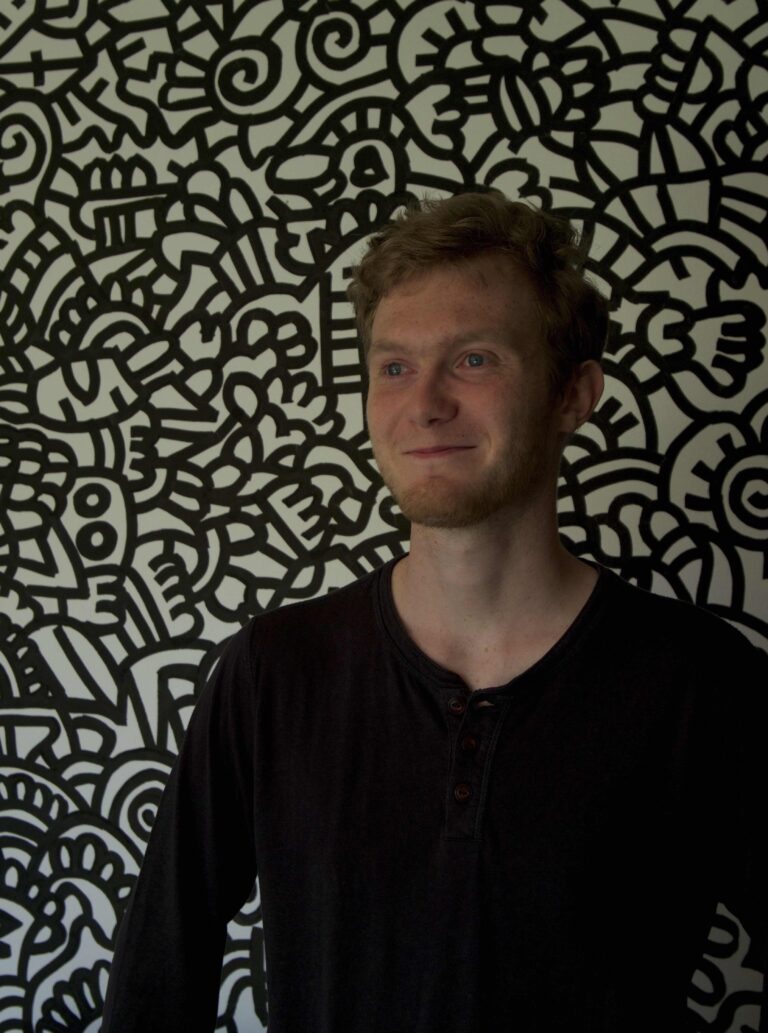
Exploring Multisensory Extended Reality Approaches for Autistic Children: Improve Well-Being and Assess Auditory Perception – Copy
Valentin Bauer, Paris-Saclay University, CNRS, LISN, VENISE team Title: Exploring Multisensory Extended Reality Approaches for Autistic Children: Improve Well-Being and Assess Auditory Perception
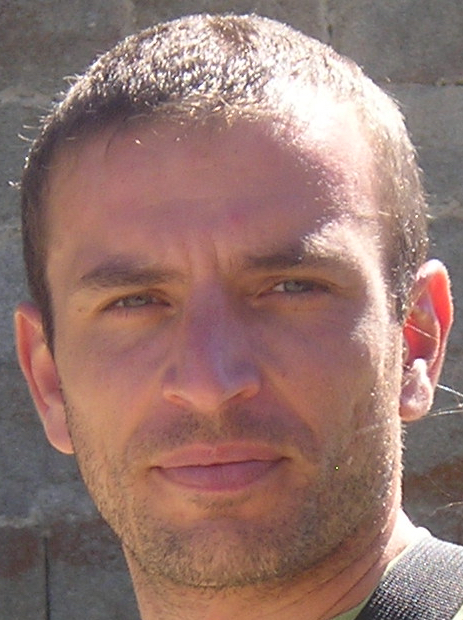
Cognitive and neural adaptations related to physical exercise
Date: 3 February 2023 Speaker: Daniel Sanabria Lucena, Universidad de Granada Abstract: This talk discusses evidence of the neural and cognitive functioning during physical exercise, together with an in-depth review of the alleged effects of regular exercise on cognitive performance in healthy individuals across the life span. In the first part

Characterization of EEG neural markers in the sensorimotor cortex when using movement sonification for walking ability
Date: 25th January 2023Speaker: Marta Matamala-Gomez Abstract: Little is known about responses to periodic auditory stimuli with periodicities found in human rhythmic behavior (0.5-5 Hz). However, some studies show a tonic synchronization response in the delta range, taken at the Cz-electrode, with a maximum response at 2 Hz, when using periodic
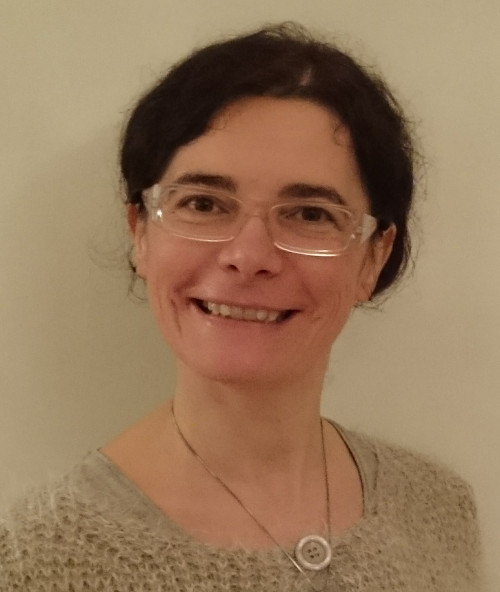
Wearable-Based Measurement of Skin Conductance: Issues and Applications
Date: Jan 18, 2023 Speaker: Susanna Spinsante. Università Politecnica delle Marche Abstract: Starting from some background information about the physiology of skin conductance, and the information encoded in skin conductance signals, the talk will present the wearable devices currently available to acquire this signal, and the associate measurement issues. Finally, an
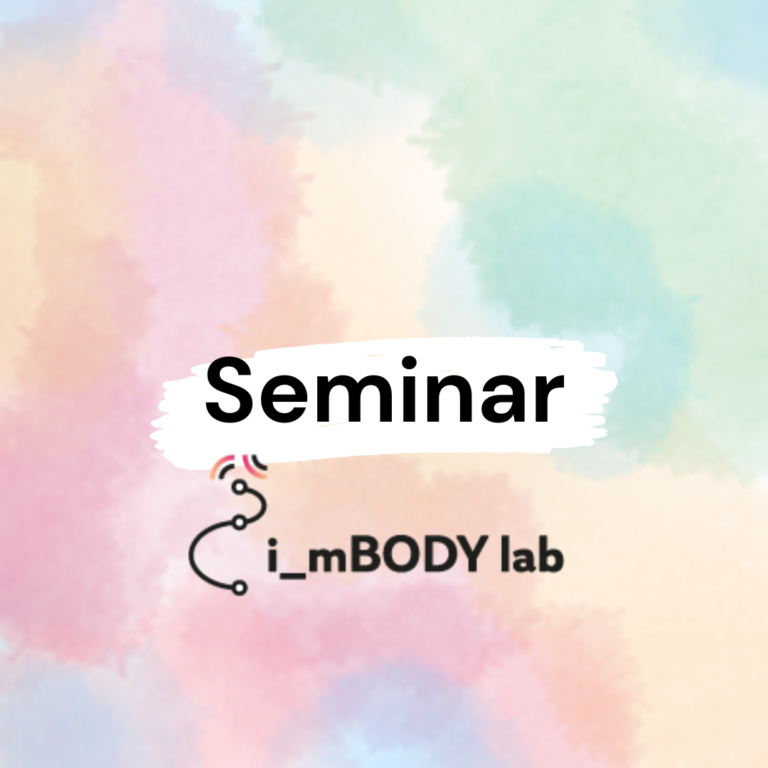
It’s a Kind of Magic: Exploring Multisensorial Modulation of the Sense of Self through Bodily Movements and Action Observation in Depersonalisation
Date: 30th November 2022 Speaker: Angelia Caparco, Co-Embodied Self (CEL) Lab of the Center for Philosophy of Science, University of Lisbon, Portugal Abstract: In ordinary daily life, subjective experience is characterised by a cohesive sense of self, i.e. the subjective first-personal ‘I’ or ‘self’, bound to the body and distinct from the

Understanding human affect through non-verbal cues
Date: 16th November 2022, Speaker: Prof. David Masip, Universitat Oberta de Catalunya, AI-WELL laboratory. Abstract: Humans communicate our emotions using non-verbal language. One of the most studied affective computing informational cues is the analysis of facial expressions. Nevertheless, faces convey far more information than the 6 classical emotions defined in psychology.
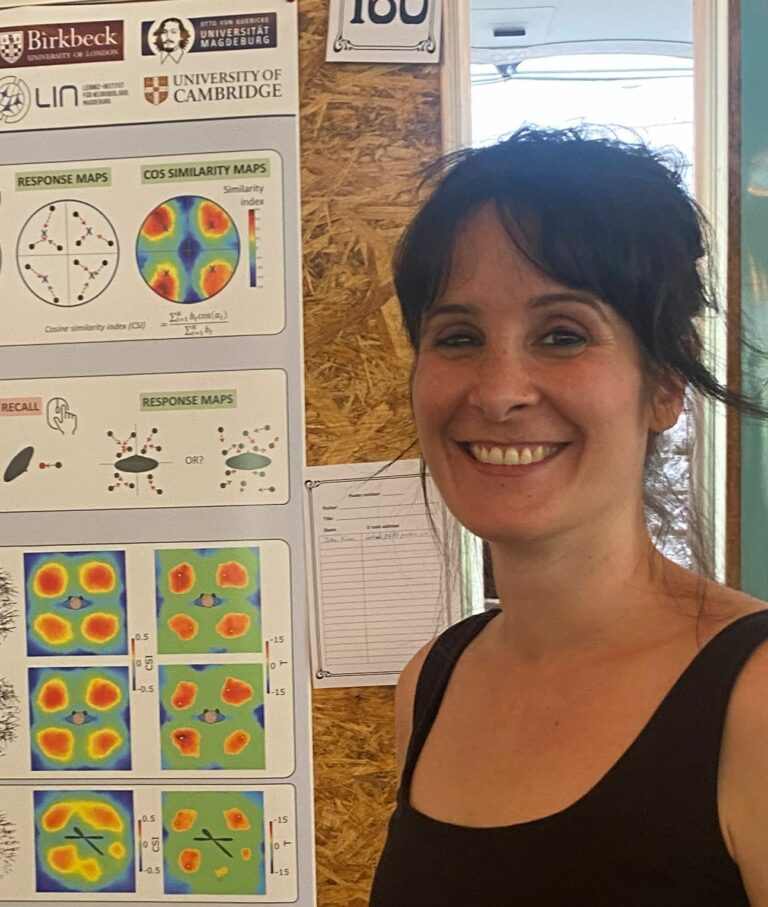
Location specificity of tactile aftereffects
Date: 2 Nov 2022 Speakers: Elena Azañón, Otto von Guericke University Abstract: Adaptation aftereffects can reveal how the nervous system encodes sensory features. We have recently demonstrated that the distance between two tactile events is a property of somatosensation susceptible to adaptation. The reported aftereffects shared several characteristics with low-level visual
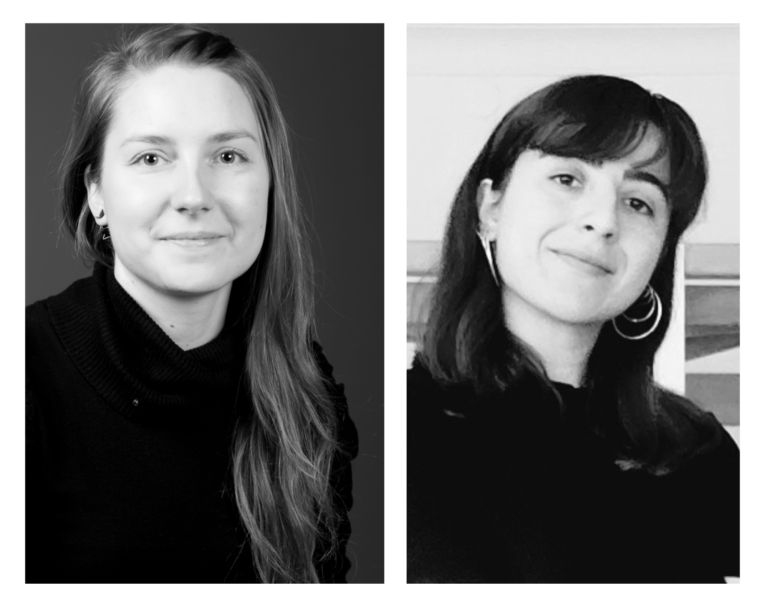
Sensorial design: feel, move, interact!
Date: 5 Oct 2022 Speakers: Kristi Kuusk and Dila Demir Abstract: Inspired from the design methods that embody movement-based thinking, we aim for designing with and for the multi-sensory experiences through the moving and the sensing body. We see sensorial design as a design approach that aims to design embodied interactions
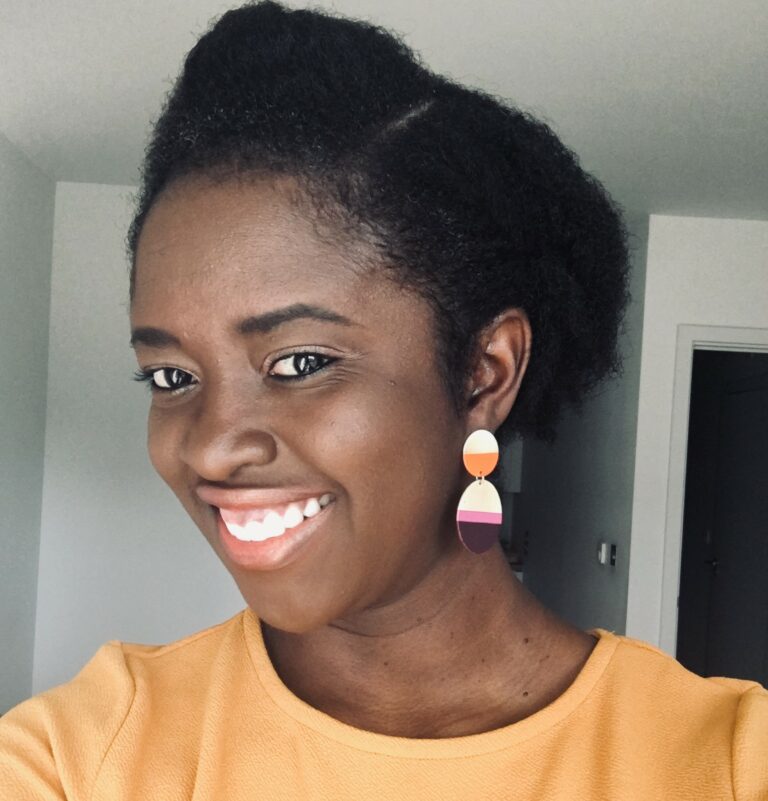
A review of human movement datasets: from signing to diving by way of walking
Date: 6th June 2022 Speaker: Temitayo Olugbade, University College London Interaction Centre Abstract Data is central to any human-centred scientific and engineering endeavour. Human movement is of particular interest as it is a means of interaction with the world and a modality of expression. For instance, we wiggle, reach, crawl, limp,
